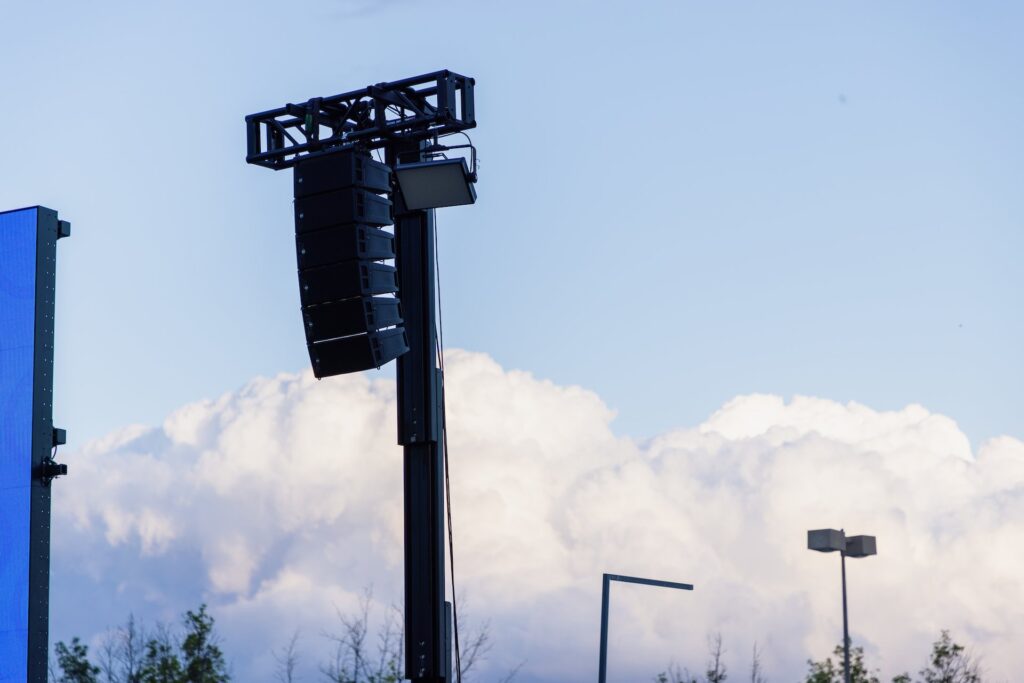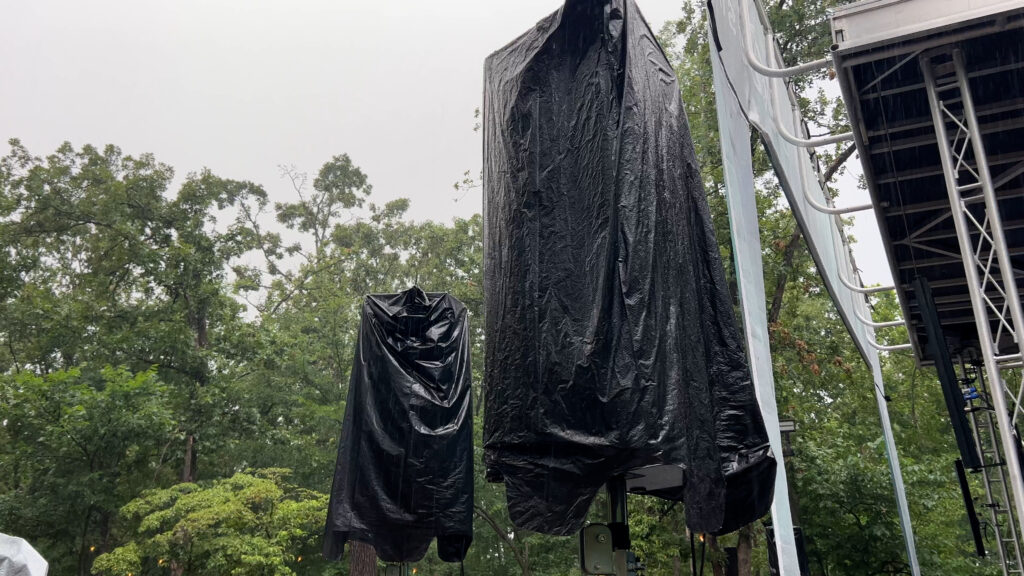The outdoors are a great place to host an event. It creates a sense of community and allows for an event with no boundaries (literally). Just like choosing the right venue to enhance your attendees’ experience, the weather surrounding your outdoor event acts the same way. The big difference between an indoor and outdoor event is the unpredictability of your “venue”. This typically increases the cost of outdoor events. Within minutes, your event could change from a clear, sunny day to a thunderstorm. This article will teach you how to properly plan for that moment when your beautiful outdoor event is threatened with weather.
“If You Fail to Plan, You Are Planning to Fail.” Benjamin Franklin.

The best teams are always prepared for the worst; emergency response teams are the first that come to mind. Teachers and faculty prepare their teams with fire and tornado drills, Pilots prepare in training with engine failure simulations. When Captain Sully landed his plane in the Hudson he had only a few minutes to follow a plan. In those brief moments, he did not have to design the plan, he only had to follow it. The plan had been laid out in training and reviewed hundreds of times over his career. When the moment came, the few minutes he had were enough to follow that plan.
3 Scenarios Where You Need to Plan for a Rainy Event
For the purposes of this section of the article, we’re going to focus on events where the attendees can simply walk inside if it starts to rain and continue mingling. When the goal of the event is networking, human beings can do that just about anywhere. However, when the goal of the event is a key moment: a ribbon cutting, the deferring of degrees, or an altar call, the show must go on.
What if it rains during the show?
This is priority one. It’s the most natural, knee-jerk way that first-time event planners respond to possible rain. They look at their weather app, watch the radar, and are constantly refreshed to see if any precipitation will happen during their event. Don’t catch yourself saying, “it seems like it will clear off” or “it should miss us by an hour.” These are beginner mistakes. Weather forecasting is just that: forecasting. It’s not factual until it’s historical data. Those forecasts may move. If there is any reasonable risk of rain during your event, our recommendation is to move the event if possible. Ceremonies, shows, services, and concerts all have pinnacle moments. If “the show must go on” then make sure you have a team that’s prepared to safely execute the components of your event that are necessary.
What if it rains before the show?
Whether set-up happens the day before or the day of your show, planning for the rain must include all the hours around your event. It can be easy to assume the show can still go on without considering the time needed for setup. It often takes hours of decoration, rehearsal, preparation, and testing to pull off an event and those hours are typically all on a fixed timeline. Our recommendation would be to work alongside your AV Team to determine the needs and changes that must be made to navigate the weather. Not everything can simply be covered with a tarp until the weather passes.
What if it rains after the show?
Who cares, right? The setup happened, the show happened, the audience had a great experience, but you still have to tear down. Decorations, staging, and equipment all have to be packed up safely. Damaged gear, no matter what the cause, is disappointing and costly. The best solution for potential weather damages is for everyone on-site to work together and stick to the plan for taking care of the gear.
Things to Consider When Creating a Rain Plan
Guests will be disoriented.
A core value at avad3 is over-communicating. A month before your event, write to your audience with a Plan A and a Plan B. Keep it simple. Have one or two backup plans, and inform your attendees of those plans. For example, providing on-site signage may be helpful to show attendees where they need to go.
It takes an army.
Events typically have a team of people involved to take care of every component of the event. In the case of bad weather, you may have to rally this team to help achieve a last-minute setup or tear-down. Ensure your team knows of any potential for last-minute demands. You may even need to have help on standby to prepare for that worst-case scenario.

Tarps are your friends.
Tarps are an inexpensive solution which can save thousands of dollars worth of gear. You can never have too many. Your goal is to be focused on having a dry setup the moment the event starts. Tarps are great protection.
Limit the scope if you have to.
Your dream event may have included moving lights and other features. But you might find that the potential for rain leads to a more simplified approach. A trusted AV team will be able to guide you through any of these recommendations to ensure efficiency and safety should weather be a factor. Your original idea and goal should always remain a priority and partnering with the right production company will aid this transition process.
No one wants to see all your hard work endangered by something out of your control. No one wants to ruin equipment. And certainly, no one wants to get hurt. We can’t control the weather, but we can create rain plans.
Before you choose a production partner for your outdoor event, develop a rain plan. And then make sure your production partner is experienced in navigating weather set-backs.
“A dream without a plan is just a wish.”- Antoine de Saint-ExupÃ’ry
When the rain comes, there is not enough time to make a plan, only enough time to follow one. Let’s form a rain plan together.
